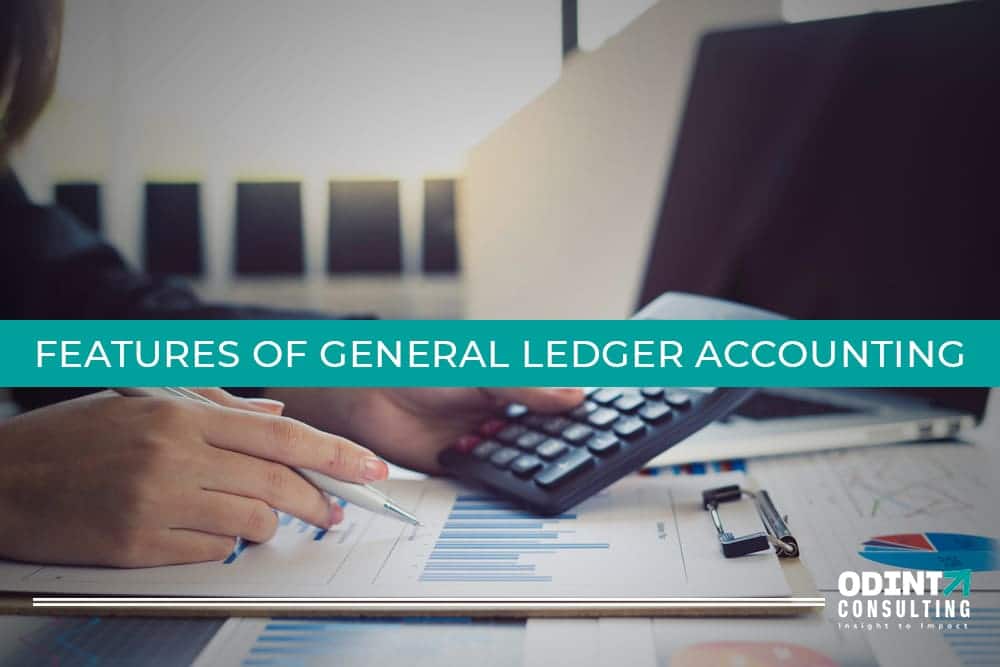
Introduction Of General Ledger
General Ledger is the most essential part of any business’s bookkeeping. It records and maintains all the information about the financial transactions of the company including assets, liabilities, revenues, expenses, and capital. It is used by accountants, investors, and stakeholders of the company to assess its financial performance. Moreover, the data that the general ledger maintains is the most important because it shows all of the transactions that have taken place during the business operations of that company.
Key Features Of General Ledger
- General Ledger Accounting uses a double-entry accounting system which means it has two-sided accounting entries in order to maintain the financial information. In double-entry accounting, every entry from an account has a corresponding and opposite entry to a different account.
- The equation used in general ledger bookkeeping is that the sum of liabilities and equity should equal the assets (Liabilities + Equity = Assets). Hence, the difference between the assets and liabilities determines the net ownership of owners in the business.
- The entries in the general ledger are added as either debit or credit. Debit refers to an entry that either creates an increase in assets or a decrease in liabilities. Credit refers to that accounting entry that creates an increase in liabilities or a decrease in assets. In double-entry bookkeeping, every debit entry or transaction has a corresponding credit entry.
- The general ledger of a company provides information that is used to create other financial reports such as the balance sheet and profit and loss statement.
- The general ledger has transactions regarding five different categories that include assets, liabilities, revenue, expense, and capital. Each category has debit and credit entries that represent their respective transactions.
Benefits of Using General Ledger
There are many benefits to businesses that use a general ledger system of bookkeeping for their accounts.
- Using a general ledger accounting system provides complete records of all the business transactions in one place. The information is maintained in an organized manner and it is easy to use that data to make other financial reports such as the balance sheet and profit and loss statement.
- General Ledgers report the revenue and expenses of the company in real-time which makes it easier to keep track of the expenditure and stay on top of any future debit entries or payments.
- All the entries of revenue and expenses are organized and stored in one place making the process of tax filing much more efficient and less time-consuming.
- As all the information is stored in one place, compiling any particular set of data for separate documentation becomes easier.
Conclusion
General Ledger in the bookkeeping of accounts is a necessary and beneficial tool as it makes an accounting of the company easier, organized, and accessible. The double entry system ensures that every debit entry has a corresponding credit entry verifying the authenticity of the transaction. Also, it helps in balancing the balance sheet and reporting the exact amount of net profit or loss in the profit and loss statement. It not only helps in maintaining information but also lets you assess the financial performance of your company in any given time period in order to ensure its profitable operation and functioning.

